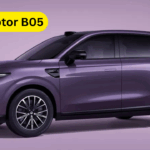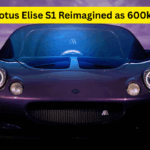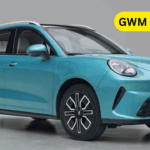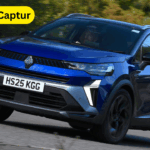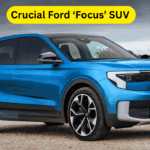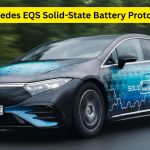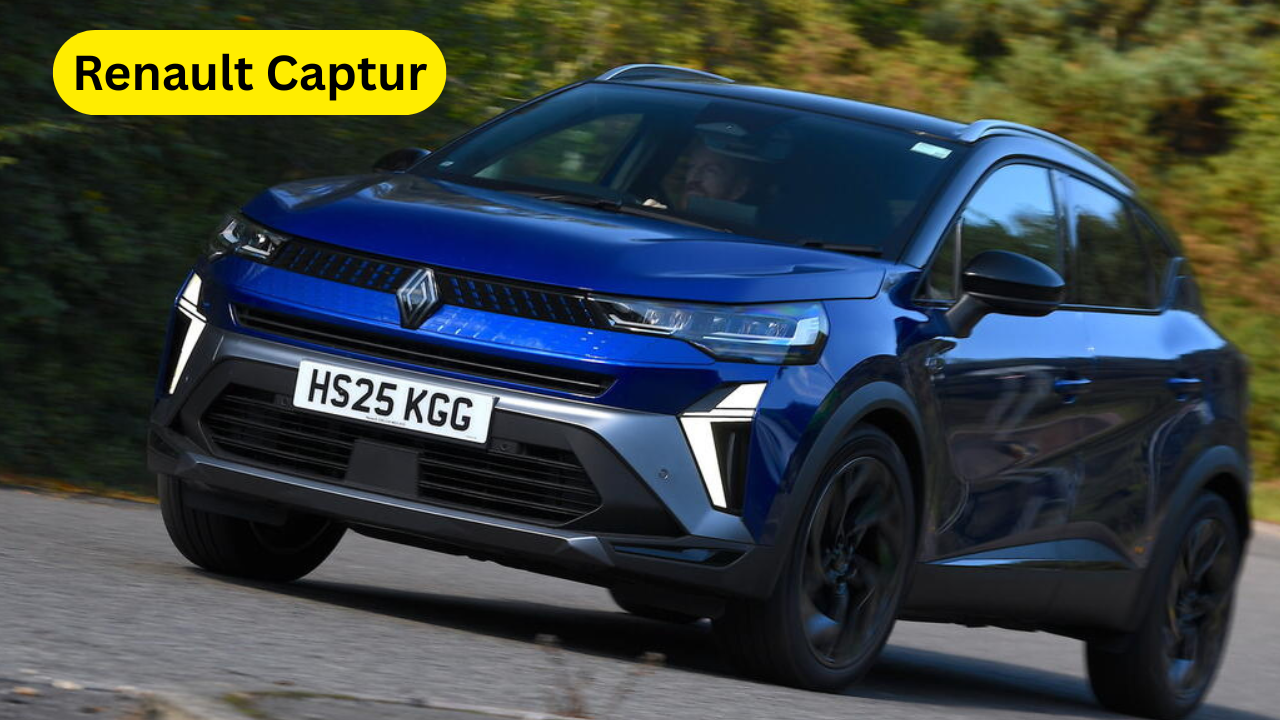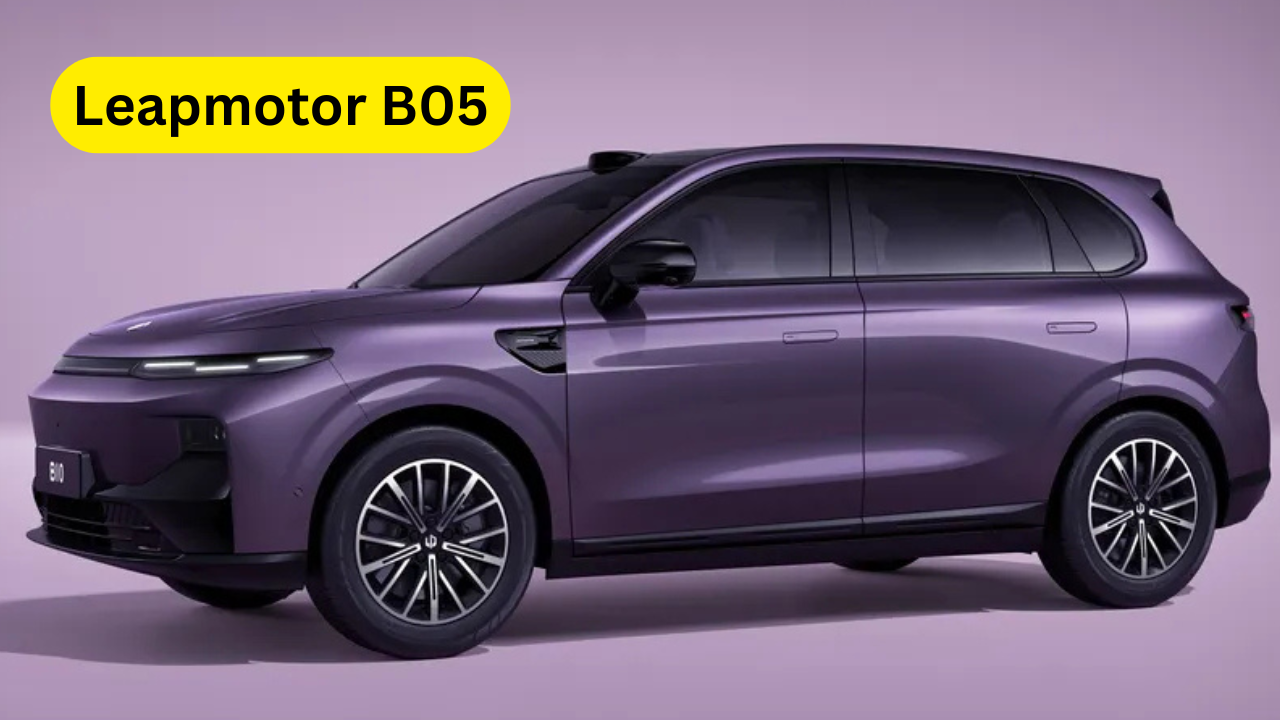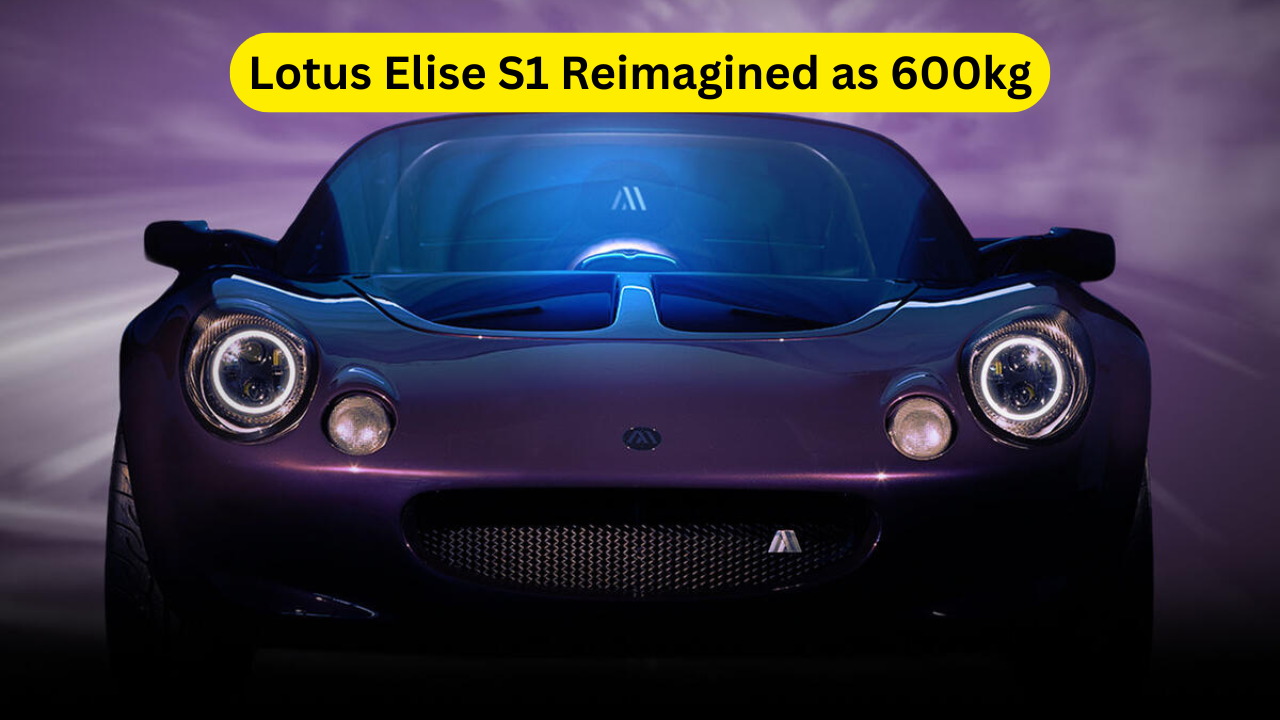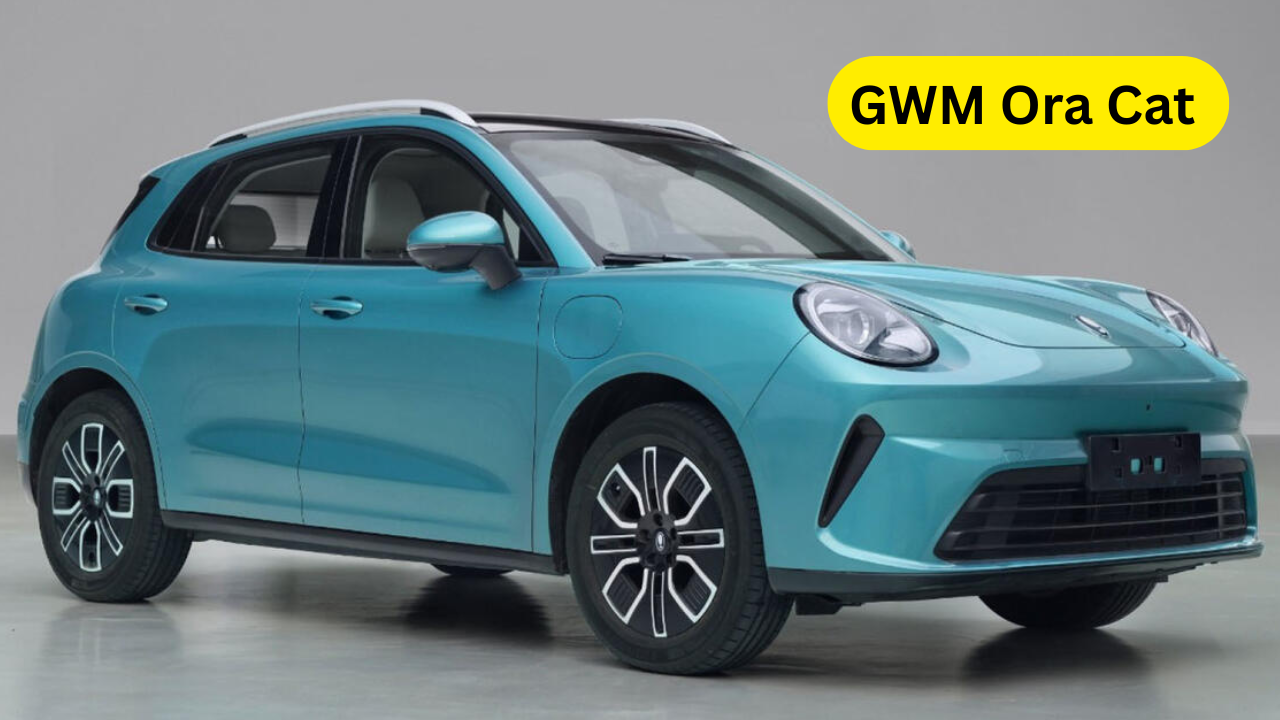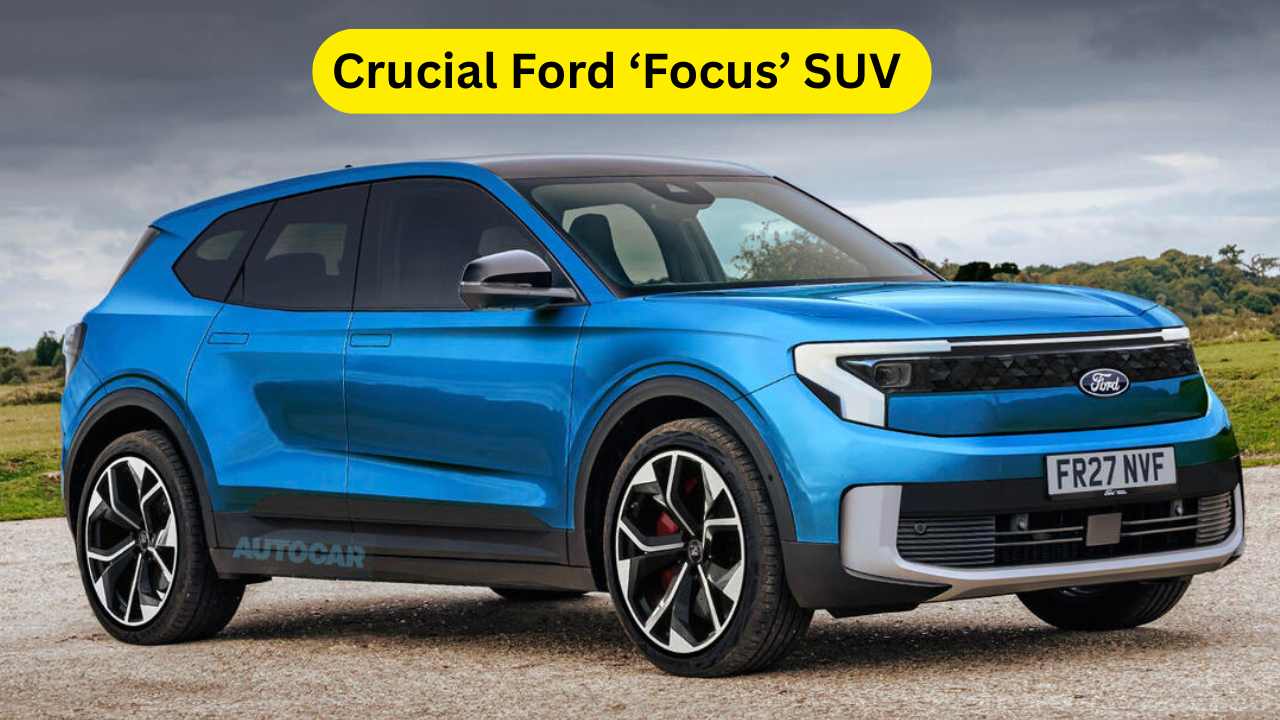Renault Captur Review 2025: The Renault Captur remains one of the most popular compact SUVs in the B-segment, striking a compelling balance between style, value, and technology. Built on Renault’s CMF-B platform, the Captur shares its underpinnings with the Renault Clio and Nissan Juke but offers a taller body, smarter cabin layout, and a clear crossover design that appeals to urban drivers and small families alike.
With over two million units sold globally since its 2013 debut, the Captur has built a reputation as an affordable and well-equipped SUV in Europe. Starting at under £20,000, it undercuts many of its direct rivals such as the Ford Puma, Skoda Kamiq, and Nissan Juke. But does its combination of dramatic looks and advanced tech come without compromise? We took the latest facelifted model for a deep dive review.
This latest version introduces refreshed styling, enhanced digital technology with a large Google-integrated touchscreen, and more hybrid powertrain options. Yet it also shows some troubling inconsistencies in material quality and rear visibility that could affect its position in the competitive SUV market.
Specifications – Renault Captur (2025 Model)
| Specification | Details |
|---|---|
| Platform | CMF-B (shared with Renault Clio and Nissan Juke) |
| Length x Height | 4239mm x 1575mm |
| Trim Levels | Evolution, Techno, Esprit Alpine |
| Powertrain Options | 1.0L 3-cylinder petrol (TCe 90), Full Hybrid system |
| Infotainment System | 10.4-inch vertical touchscreen (Google integrated, OpenR Link) |
| Connectivity | Wireless Apple CarPlay & Android Auto, Google Maps & Voice Control |
| Rear Seat Legroom | 680mm |
| Boot Space (Non-Hybrid) | 484–1275 litres (depending on seat position) |
| Boot Space (Hybrid) | 326 litres |
| Drive System | Front-wheel drive |
| Safety Features | Adaptive cruise control (Esprit Alpine), Multiple storage compartments |
Design & Exterior
The Renault Captur’s exterior design is a statement of modernity, combining sharp, well-defined lines with a purposeful crossover stance. A fresh front end highlights the brand’s new pulsating emblem flanked by distinctive lightning bolt-shaped daytime running lights, following design cues from the Renault Rafale and Scenic.
Measuring 4239mm long and 1575mm tall, the Captur offers compact dimensions ideal for city life while giving drivers a higher driving position. The two-tone paint schemes (available in the Esprit Alpine trim) and 18- to 19-inch alloy wheel options enhance its visual appeal.
The overall look is dramatic yet functional, featuring discreet wheel arches and aerodynamic touches that reduce drag while contributing to its sporty image.
Powertrain & Performance
Buyers can choose between two powertrains:
- The entry-level TCe 90 petrol engine, a 1.0-litre 3-cylinder unit, perfect for urban commuting.
- The full-hybrid system, which integrates a petrol engine with electric assistance for improved fuel economy and reduced emissions.
While the hybrid powertrain promises better economy, our review found that boot space shrinks considerably (down to 326 litres), and the driving feel isn’t particularly sporty or refined. The hybrid system excels in city driving, but lacks punch when acceleration is required, especially compared to rivals such as the Ford Puma Hybrid.
Renault’s choice of a simple torsion-beam rear suspension and pseudo-MacPherson front struts maintains a compliant ride, but sharper handling remains a missing ingredient compared to more driver-focused SUVs.
Interior & Technology
The Captur’s cabin focuses heavily on modern tech with a new 10.4-inch Google-integrated vertical touchscreen running the OpenR Link infotainment system.
Highlights include:
- Google Maps integration with a bright and intuitive interface.
- Wireless Apple CarPlay and Android Auto.
- Physical volume controls just above the screen, adding tactile ease of use.
The dashboard uses more sustainable materials, although tactile inspection reveals cheaper plastic surfaces in lower areas. The automatic transmission shifter feels flimsy and prone to rattling, detracting from an otherwise tech-forward cockpit.
The multi-layered center console includes a wireless charging pad and ample storage, making it a practical addition for daily use.
Rear passenger space is adequate but not class-leading:
- 680mm legroom
- 920mm headroom (limited further by sunroof options)
Still, the sliding rear bench (moves up to 160mm) adds flexibility depending on cargo vs. passenger priorities.
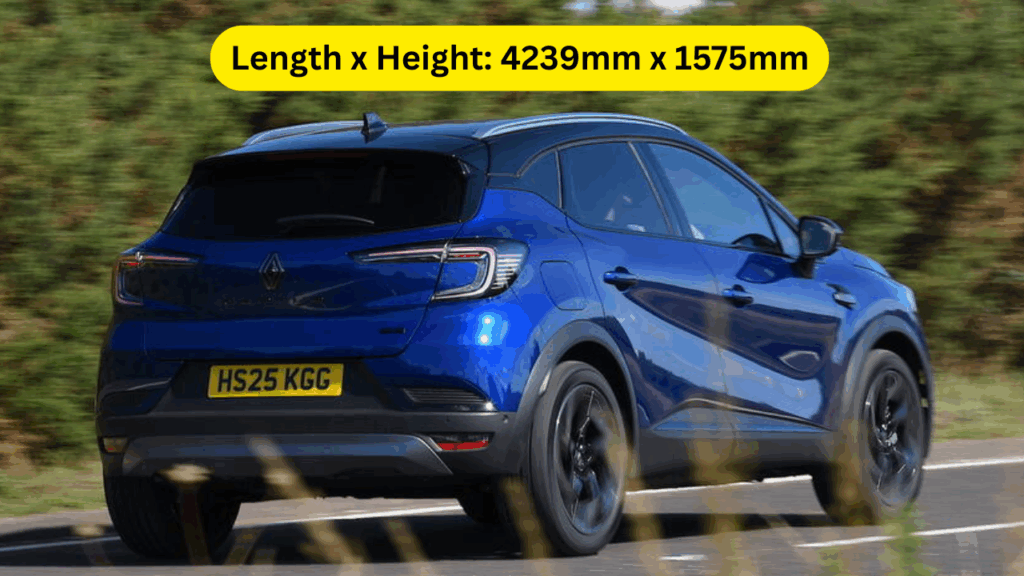
Boot Space & Practicality
- Non-Hybrid Models:
• 484 litres (rear seats slid back)
• 616 litres (seats forward)
• 1275 litres (seats folded flat) - Hybrid Models:
• 326 litres (rear seats slid back) – limited by battery placement
Storage bins and cubbies are plentiful, offering good organization for small items. The Captur is well-suited for everyday family duties but falls behind rivals when carrying larger loads or taller passengers.
Pricing & Market Position
The Renault Captur starts under £20,000, making it highly competitive in the B-segment SUV market.
- Base trim: Evolution
- Mid-level: Techno (adds advanced infotainment, heated wing mirrors, 18-inch alloys)
- Top-tier: Esprit Alpine (adaptive cruise control, 19-inch wheels, two-tone paint schemes)
This price positioning makes the Captur a strong value proposition but highlights compromises in terms of interior finish and hybrid packaging.
Also read: Crucial Ford ‘Focus’ SUV Due 2027 to Lead Europe Fightback with Affordable EV Options
Conclusion
The Renault Captur continues to deliver a winning formula of practicality, style, and affordability in the competitive small SUV market. Its bold styling, cutting-edge infotainment system, and solid urban driving experience make it an appealing option for first-time SUV buyers or small families seeking versatility.
However, the hybrid variant exposes a notable trade-off in boot space, and some quality inconsistencies in interior materials slightly undermine its polish compared to rivals. The automatic transmission’s weak build quality and underwhelming rear camera do not help its case.
For those prioritizing tech and ease of driving in city environments, the Captur still holds strong appeal. But customers looking for a genuinely refined hybrid SUV experience may want to explore alternatives.
Overall, with its competitive pricing and solid tech package, the Renault Captur remains a worthwhile contender in the supermini SUV space.
Renault Captur FAQ Section
1. What are the engine options in the Renault Captur?
The Captur offers two main engine options: a 1.0-litre three-cylinder petrol engine (TCe 90) and a full-hybrid powertrain. The petrol engine is ideal for everyday commuting, while the hybrid offers improved fuel economy and lower emissions, especially in urban driving.
2. How much boot space does the Renault Captur have?
Non-hybrid models offer a generous 484 litres of boot space (up to 1275 litres when folded flat). The hybrid sacrifices some capacity due to battery placement, reducing it to 326 litres in the rearward seat position.
3. Is the Renault Captur good for long journeys?
The Captur is designed more for urban use. Its hybrid system helps improve fuel efficiency in stop-start city traffic, but on long motorway trips, it lacks the punch and refinement of rivals. The comfort is reasonable but not exceptional for long-haul drives.
4. What are the standout tech features of the Renault Captur?
The Captur boasts a 10.4-inch Google-integrated touchscreen running OpenR Link, wireless Apple CarPlay & Android Auto, a multi-layered center console with wireless charging, and adaptive cruise control in the Esprit Alpine trim.
5. How much does the Renault Captur cost?
Prices start from under £20,000, with mid and top trims adding tech and comfort upgrades. The hybrid variant is priced higher due to its advanced powertrain and added technology features.

I am and writer of Bwna.in. Here I personally publish every update, review and technology news related to mobile, car, bike, read more for you – that too in easy language.

